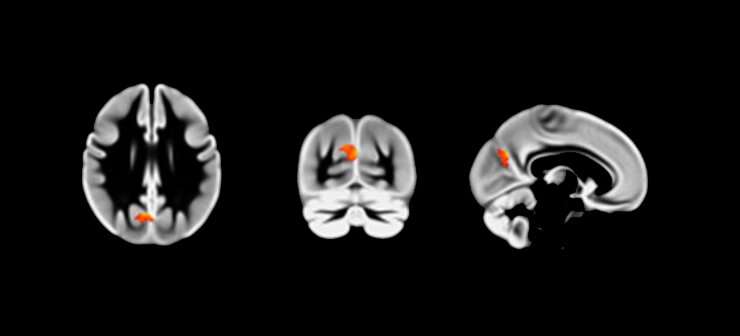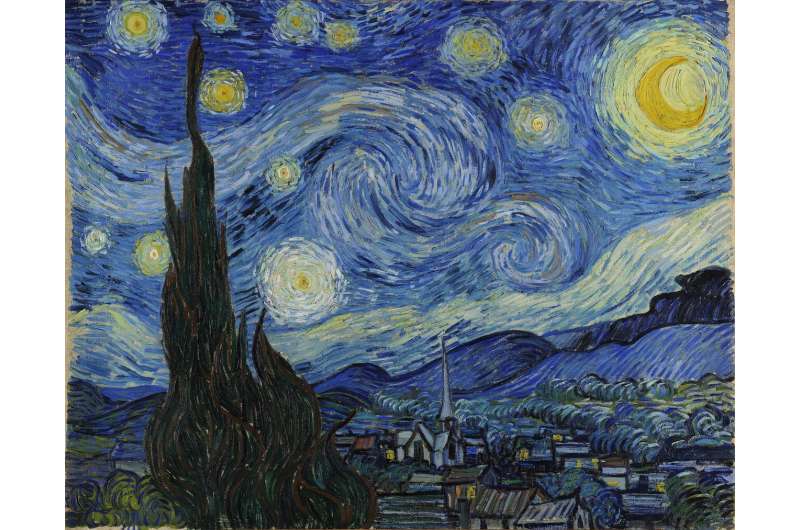Night owls have more grey matter in their brains than early birds

Being a late-riser suggests you could have more grey matter in your brain, a study from Brunel University London has shown.
A new survey of thousands of MRI scans revealed that people with a preference for waking up in the late hours of one morning, and going to bed in the early hours of the next, are likely to have a higher volume of grey matter in their precuneus, a key area of the brain associated with social behaviour.
Previous studies have shown that lower volumes of grey matter are associated with how empathetic or cooperative a person is, traits that scientists have also previously found correlate with being an early bird, suggesting such personality traits could be underpinned by a physical signature.
The paper – Diurnal Preference and Grey Matter Volume in a Large Population of Older Adults – was published by the Journal of Circadian Rhythms.
"We know that some people like to go to bed quite late and get up quite late," said researcher Dr. Ray Norbury, a senior lecturer in psychology at Brunel's Centre for Cognitive Neuroscience. "We call these people late chronotypes."
Using a selection of data from the Medical Research Council's Biobank—which includes information from thousands of volunteers, including brain scans and questionnaire answers on a preference for mornings or evenings—Dr. Norbury set out to determine whether there was any correlation between a late chronotype, and having a higher volume of grey matter.

"What we found was that evening types had greater grey matter volume in an area of the brain called the precuneus," said Dr. Norbury, an avowed morning person.
"We know from meta-analysis and previous work that this is a key component of our social brain. We also know that reduced volume in this area has been associated with empathy, agreeableness and cooperation, so it ties nicely with behavioural data that suggests early chronotypes tend to engage in more pro-social behaviours than evening types.
"So, whilst we don't have a measure of agreeableness in these individuals, it looks like there could be a signature in the brain that underpins it. It might be that part of the reason early types are more social and agreeable is related to grey matter in this region of the brain."
Eveningness, meanwhile, has previously been shown to be associated with an increased risk of psychiatric disorders and personality traits such a neuroticism.
The brain is made up of three primary types of tissue—grey matter, white matter and cerebral spinal fluid. The grey matter is largely responsible for processing information, whilst the white matter acts as the roadways through which information is shared between different parts of the brain.
More information: Ray Norbury. Diurnal Preference and Grey Matter Volume in a Large Population of Older Adults: Data from the UK Biobank, Journal of Circadian Rhythms (2020). DOI: 10.5334/jcr.193
Provided by Brunel University



















